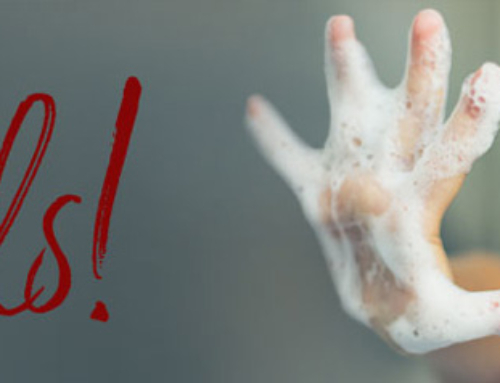Do you love archaeology and history? Or do your eyes glaze over at the very thought and you think it should be left in the past? Either way, there’s much of interest to dig around in there if you’re keen on essential oils for practical use in your life. (And you don’t need to get dusty in the desert with a pick to do it.)
Mentioned extensively in ancient texts and tomes and not the least, the Bible, we can glean much about their traditional uses back in times before science and technology had evolved to the point of analysing constituents and studying their effects in a controlled laboratory environment. You can read more background here.
There’s much ground to cover when exploring Young Living’s Twelve Oils of Ancient Scripture collection, so let’s continue today with cedarwood. (Put ‘scripture’ in the top right search box for more posts on this spiritually practical kit.)
If you were to step into a time travel machine and arrive in an embalmer’s premises in ancient Egypt, you’d find plenty of cedarwood. Probably sitting on the bench alongside myrrh, another of the 12 Oils.
Being highly regarded as a natural medicine throughout the centuries, cedarwood was also popular with those alive, not just the dearly departed.
There are a great many references to cedarwood in the Bible, showing the high regard in which it was held, including:
“And Hiram king of Tyre sent messengers to David, and cedar trees, and carpenters, and masons: and they built David an house.” Samuel 5:11
“I will plant in the wilderness the cedar, the shittah tree, and the myrtle, and the oil tree; I will set in the desert the fir tree, and the pine, and the box tree together.” Isaiah 41:19
“In the mountain of the height of Israel will I plant it: and it shall bring forth boughs, and bear fruit, and be a goodly cedar: and under it shall dwell all fowl of every wing; in the shadow of the branches thereof shall they dwell.” Ezekiel 17:23
Cedrus atlantica (the one supplied by Young Living, source of all the good oils we use here daily) is believed to be the species most closely related to the biblical Cedars of Lebanon.
These mentions convey a sense of cedarwood representing protection and strength. And looking at its aromatic influences when the bark is steam distilled to create the essential oil, you can feel the similarities.
Our hair is very widely regarded as something that protects us (just ask anyone with short or no hair in winter !) and in legendary times has been associated with strength and power. (Just ask Samson.) Guess what? Cedarwood is awesome as a stimulating hair and scalp tonic.
Quick Hair and Scalp Energiser
Put a few drops in your palm. Rub your fingertips in it and give your scalp a good massage all over, including all around your natural hairline. (The one you had when you were a child, that is. If the tide has gone out, continue past it, but avoid getting too close to your eyes.) Don’t get too concerned about technique — the oils do most of the hard yards — just work your fingertips around in circular motions without pulling on your hair.
Those stimulating qualities of cedarwood also apply to the limbic system and the pineal gland, responsible for releasing the hormone melatonin which controls the day-night cycle in animals and is widely used to help support regular sleep patterns.
It’s funny how the right kind of stimulation can actually translate to a calming effect ! If you know someone with high energy levels that spiral out of control into counterproductive or agitated territory, try diffusing cedarwood, or cupping a couple of drops over their nose for them to inhale deeply. If they are more receptive to a scalp massage than trying the other methods, give them one with cedarwood and see how it goes. (Please do let us know.)
This will also connect you up with The Good Oil Team for our personal support and coaching. We'd love to help you on your journey to vibrant well-being the natural way!
Any questions? Please get in touch via our Contact page.
Guess what I’ve reminded myself to do tonight before I hit the hay? A scalp massage in lieu of a nightcap.






